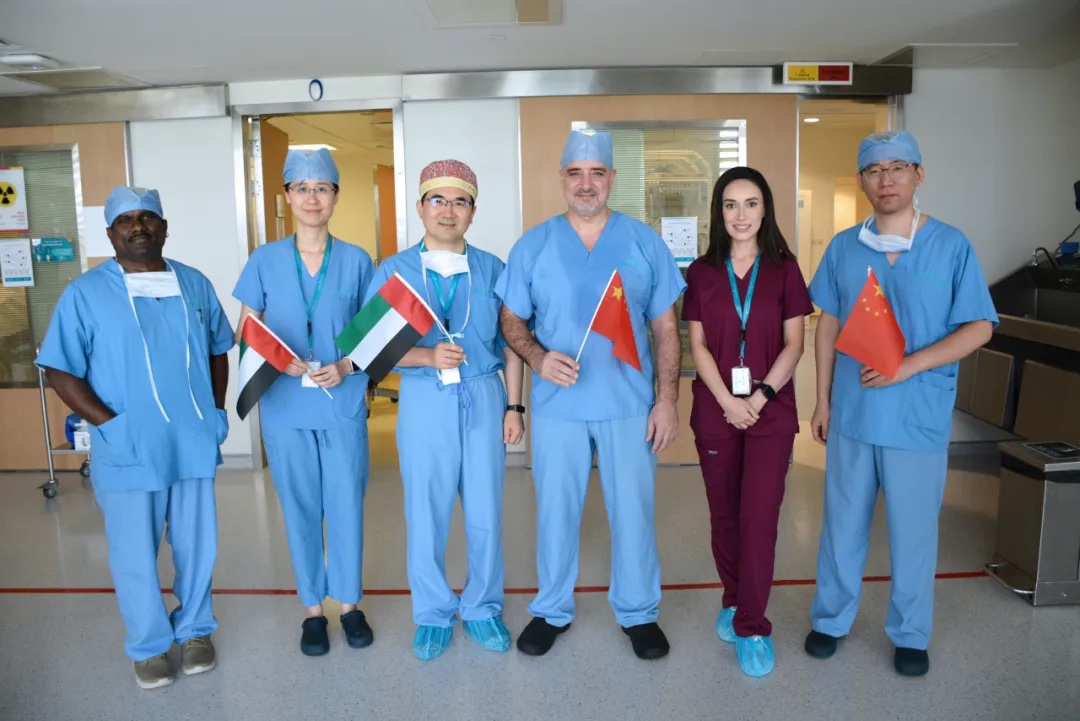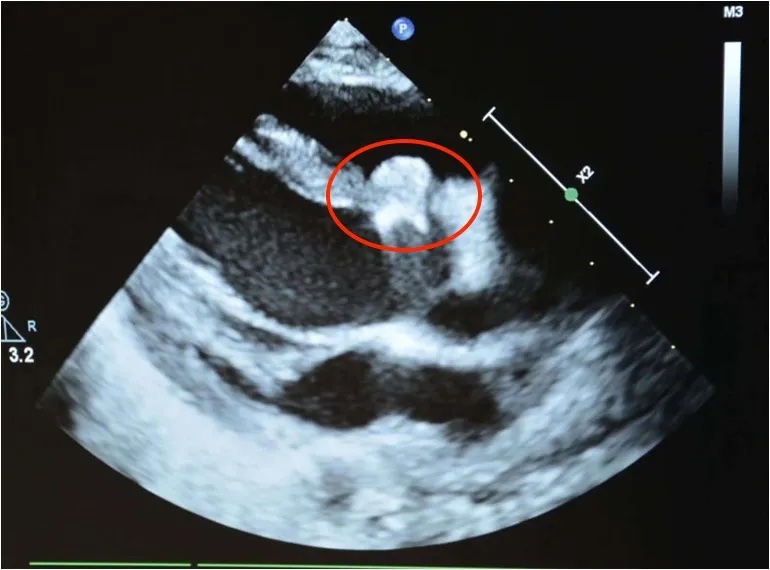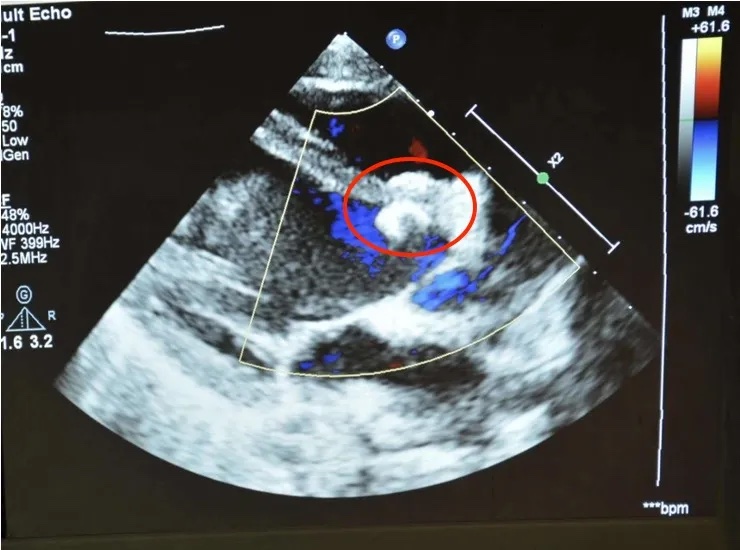MemoSorb® First Commercial Case in the UAE | Near Aortic Valve Fully Biodegradable Septal Occlusion Case
The procedure was conducted under ultrasound guidance, successfully implanting a MemoSorb® fully biodegradable occluder. For complex interventricular septal defects located near the aortic valve, traditional occluders may cause wear on the aortic valve and affect blood flow, thus increasing the risk of adverse outcomes. The fully biodegradable occluder implanted during this surgery offers excellent compliance and no residual material, providing long-term benefits for the patient.

Patient Basic Information
Clinical Strategy
Preoperative Strategy:The location of the patient's ventricular septal defect is quite unique, being close to the aortic valve. Using a metal occluder could potentially wear on the valve, leading to complications such as aortic valve prolapse, insufficiency, and worsening regurgitation. After comprehensive examination and thorough evaluation, a MemoSorb® fully biodegradable occluder was chosen to perform ultrasound-guided percutaneous VSD closure. The biodegradable VSD occluder selected during the procedure was ABFDQ-II 07 (with a waist height of 5 mm and a diameter of 7 mm). This ultrasound-guided surgery posed no radiation exposure to the patient, making it safer. Additionally, it allows for more intuitive monitoring of the patient's cardiac condition, enabling a more convenient, rapid, and efficient procedure for the physician.

Releasing the left disk, the left disk surface was seen to be close to the aortic valve opening

The aortic cross-section showed that after the release of the right disc, the surface of the disc did not affect the aortic valve


After shaping the double disc and locking the pull-back suture, a pull-test was performed again. The occluder was overall stable, with no residual shunt observed under color Doppler flow, and no regurgitant signals noted from the valve

After shaping the double disc, the pull-back suture was locked. Following the locking, a pull-back test was performed again, showing overall stability of the occluder. No residual shunt was observed under color Doppler flow, and there were no regurgitant signals noted from the valve
Summary
Challenges in Occluding Membranous Ventricular Septal Defects Near the Aortic Valve:
The defect is located close to the aortic valve. Conventional metal occluders for membranous VSDs are too rigid, and after placement, the occluder may be restricted by the aortic valve. This could lead to potential risks such as valve wear and altered aortic blood flow, resulting in significant long-term prognostic risks.
Reasons for Choosing a Fully Biodegradable Occluder:
1、Compared to metal occluders, fully biodegradable occluders offer 4 waist heights and 10 waist diameters, totaling 40 models available for selection, which can adapt to various anatomical forms of defects and meet the clinical needs for complex VSD closures.
2、Fully biodegradable occluders have better compliance, adapting to the shape of the pathology, fitting closely to the interventricular septum without affecting valve function, minimizing tissue abrasion, and reducing the risk of conduction disturbances and arrhythmias.
Thank you to Fuwai Hospital team and to Dr. Mahmoud Alsoufi's team for sharing the cases.

发表留言
暂无留言
输入您的留言参与专家互动